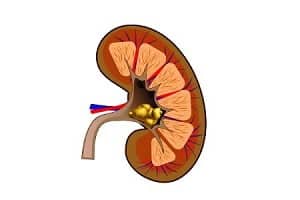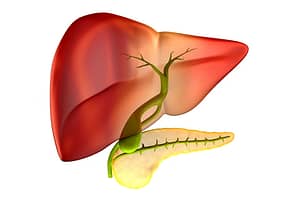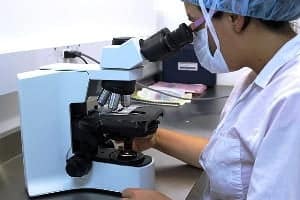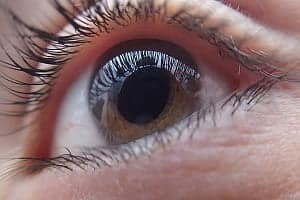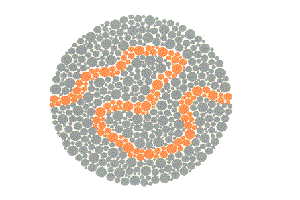Is there red blue color blindness?
There are three main kinds of color blindness primarily depending on the types of photopigment defects in the three different kinds of cones of your retinal cells in the eye that respond to blue, green, and red light. The cones recognize these lights based on their wavelengths. Depending on the type of defect and the cone that is affected by the defect, different problems can arise with these colors perception – red, green, or blue color vision. These problems are:
- Red-green color blindness. This is the most common of all types of color blindness. Read more about red green color blindness.
- Blue-yellow color blindness. Read about blue yellow color blindness.
- A complete absence of color vision that is total color blindness. This is rare.
What is red blue color blindness?
There is nothing called ‘red blue color blindness’ or red blue color blind people. But some people may have problems with recognizing blue or red colors and may not be differentiate them from some other colors. For example, one person may not be able to separate a red color shade from a green color shade clearly. Another person may not distinguish between a blue color patch and a yellow color patch. In fact both blue-yellow and red-green color blindness types exist. Red-green color blindness in fact is quite common among men.
How can you diagnose your color vision deficiency (color blindness) type?
Color deficiency or color blindness can be diagnosed through an eye examination that can be done by your eye doctor called ophthalmologist. You will be presented a series of specially designed pictures containing colored dots, called pseudoisochromatic plates. You will then be asked to look for numbers visible among the various colored dots to a person who has normal vision and color perception ability. But individuals with deficiency in color perception do not see these numbers clearly or entirely. For example, on some plates, a person with color vision deficiency may see a different number that what it actually is for a person with normal color vision. Read more about Ishihara Color Blindness Test that is considered as the most appropriate test for evaluating color vision deficiency in a person. Sometimes, a person may have weak color vision deficiency and may not even know about it until tested through the Ishihara test.
